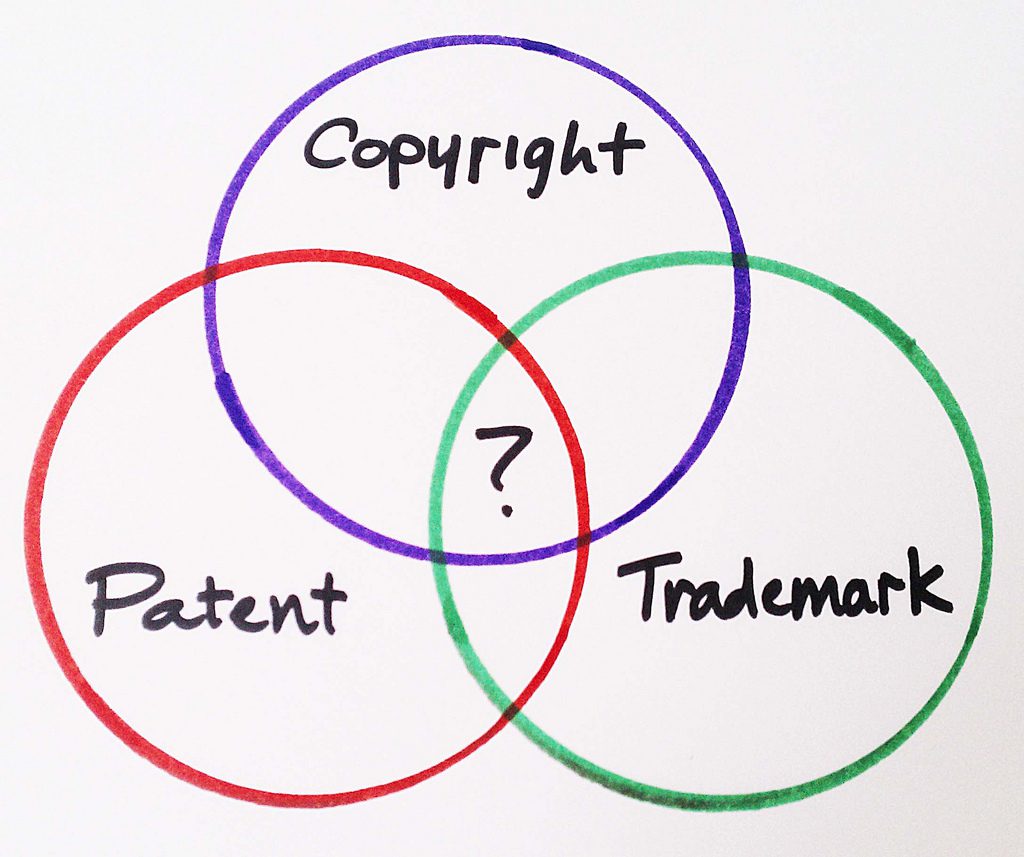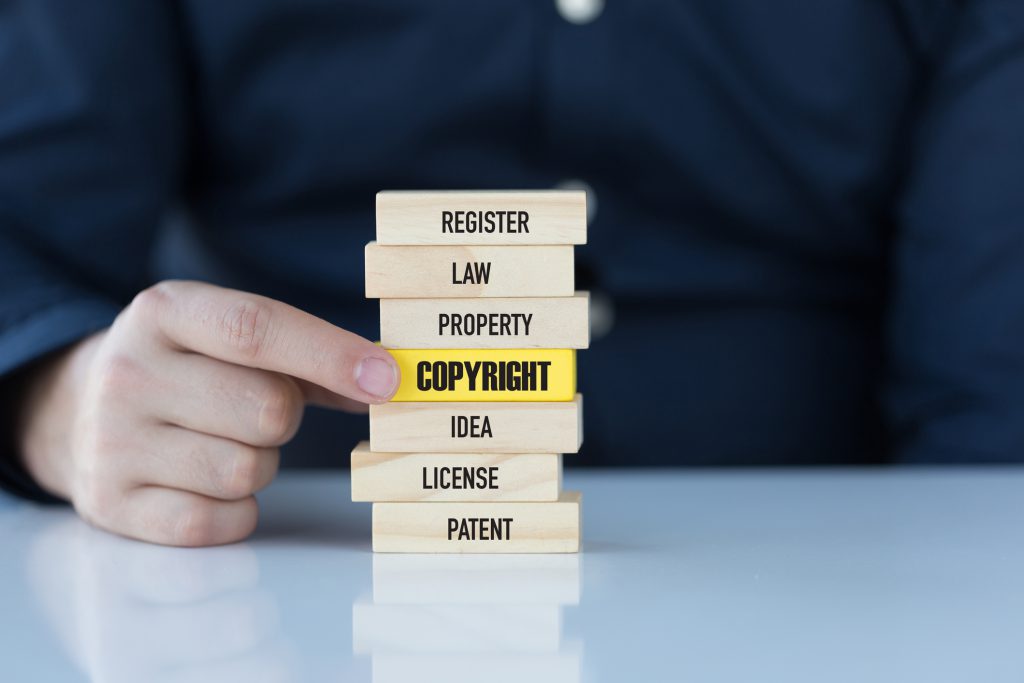Universities play an important role in economic development. In the United States, university research accounted for 13% of total R&D in 2016. In Saudi Arabia, where R&D investments ranked 40th globally, spending in 2013 was 0.8% of GDP – a 700% increase since 2008. Here at KAUST, intellectual property plays an important part of the Saudi Arabian innovation and ecosystem. In 2016, KAUST filed 72 PCT applications, second only to the Saudi industrial giant Aramco.
So what do all of these numbers mean? At KAUST our mission has always been to create impact. We do this by growing the innovation ecosystem and stimulating the Saudi Arabian economy. We believe that research doesn’t end with a completed study or published article. KAUST researchers are encouraged to protect their inventions and commercialize – so that their ideas can make the greatest impact. And with 798 invention disclosures, 498 patent applications and 109 issued patents*, there is a clear demonstration of the innovation and creativity that are at the core of the KAUST mission.
Navigating the technology commercialization process
The KAUST Technology Commercialization team include IP experts and technology managers who guide you through the commercialization process. Generally, this starts with your research in a KAUST lab that leads to a new discovery or invention. You then complete an Invention Disclosure form and submit this to the technology management office. Your technology manager will then perform an assessment of your invention, determining its novelty, marketability and commercial potential. The technology manager may pursue protection of the invention – in the form of a patent, copyright, trademark or trade secret. Finally, you will work together to determine what is your best path to commercialization. This could be a license or as a startup.

Credit: Flickr – BusinessSarah
Understanding intellectual property
At the most recent KAUST Winter Enrichment Program (WEP), the Acting Director for Technology Commercialization, Mardson McQuay, an IP lawyer and former engineering professor, presented useful information and definitions of intellectual property for university researchers.
Intellectual Property (IP): Is a product of the human mind or intellect which the law recognizes as a property right. It is owned by its creator, and like other forms of property it may be: sold, given away, abandoned, lost, loaned/borrowed, and stolen.
Trade Secrets: This type of IP is information that is not generally known, and which provides a competitive advantage to those who know it. It also must remain a secret to retain its value. And if it can be reverse engineered then it’s no longer considered a trade secret.
 Copyright: Is a form of IP that protects literary works, architectural designs, graphic art, music, software and more. It gives the owner exclusive rights to reproduce, display, license, and prepare derivative work. Generally, copyrights expire 70 years after the death of the author.
Copyright: Is a form of IP that protects literary works, architectural designs, graphic art, music, software and more. It gives the owner exclusive rights to reproduce, display, license, and prepare derivative work. Generally, copyrights expire 70 years after the death of the author.

Trademarks: Are words, phrases, symbols or designs that represent a company or product. Trademarks can be registered through the U.S. Patent and Trademark Office (USPTO) or the World Intellectual Property Organization (WIPO). As long as you continuously file your trademark, it will never expire.
Patents: A patent gives you an exclusive right to exclude others from making, using, offering for sale, selling or importing your product without your permission. Understanding patents are important for university researchers as it allows you and your university to maintain control of your research. As a KAUST researcher, should your work require a patent, the Technology Commercialization office will ensure that it is filed correctly and is enforceable. Patents are valid for 20 years from filing.
Credit: Wikimedia Commons
And don’t forget, patents are not valid if the idea is disclosed or published prior to filing – this means, don’t publish a research paper if you think you will need a patent!
KAUST IP available for licensing
KAUST’s technologies are available for joint development, patent licensing or other mutually beneficial relationships. This listing represents a sampling of available technologies; to discover more, contact a KAUST technology professional.
*Figures accurate of September 2017, contact innovation@kaust.edu.sa for updated statistics.

